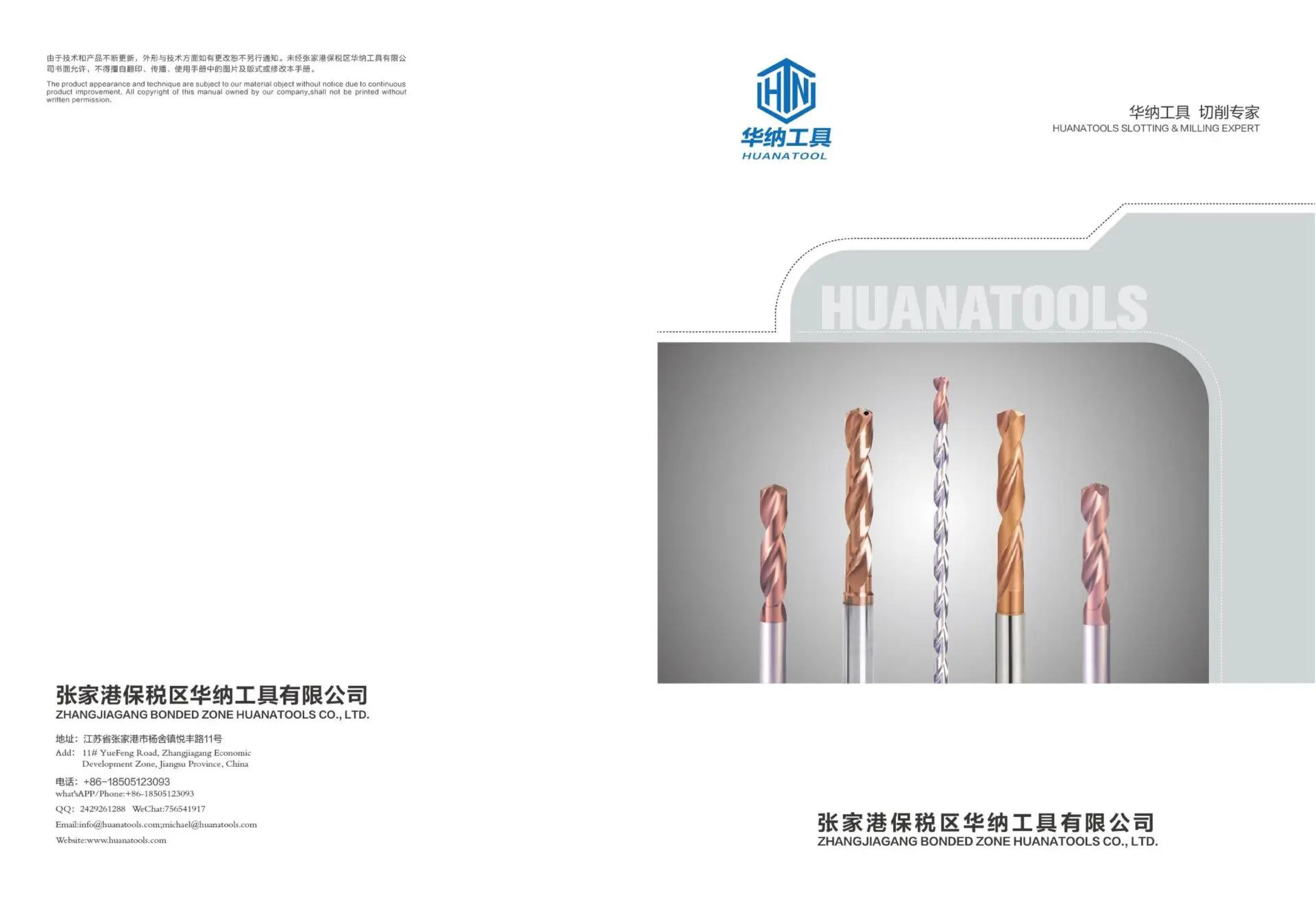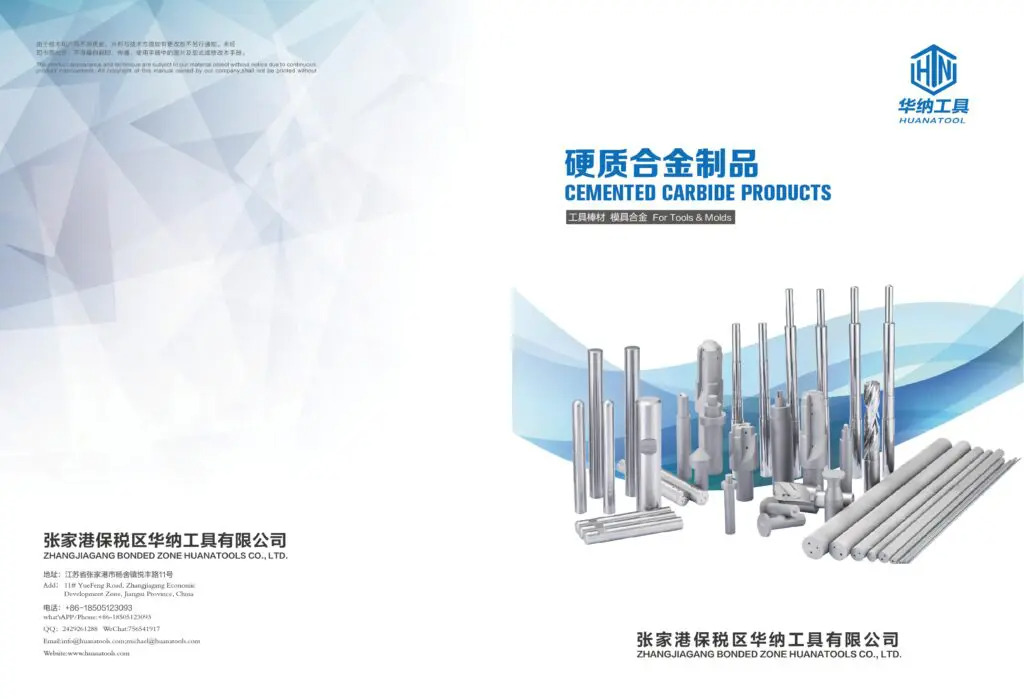Description
There are several ways of threading, but one of the most common and efficient methods is thread milling. Particularly Solid Carbide Thread Mills provides many benefits over other threading methods, compared to what they do. There are three illuvial flutes, standard length, non-coolant fed thread mills coated with a thin layer of EPDM. Right- and left-handed threads are machined using the same cutter. However, there is a wide range of threading that can be used both externally and internally for the remainder of the range. The direction of feed can be either clockwise or counterclockwise, depending on the thread type and machining method.
In high-heat applications, the aluminum chromium nitride (AlCrN) coating offers better hardness and chemical resistance than titanium aluminum nitride (TiAlN), titanium nitride (TiCN), and titanium oxide (TiN). Due to its high hardness, carbide substrates are more wear-resistant than high-speed steels and cobalt steels, making them more effective at high speeds and high temperatures, thus increasing the tool lifespan.
Essentially a three-flute helical tooth, this design is well suited to chip removal due to its speed and efficiency. To be able to drive full threads into a bore, the teeth extend to the end of the tool. Generally speaking, the tool’s shank is cylindrical, and the end of the tool is held in place by a tool holder or machine. For thread milling, it is recommended that a rigid holding be used.
It means the control over the production, from the substrate to coating, is vital for customers who deal with various industries, particularly the aerospace and automotive industries.






